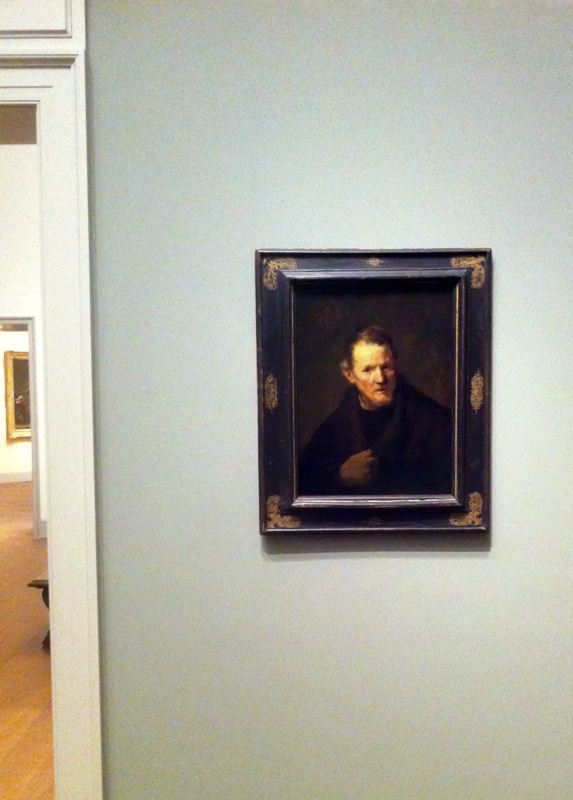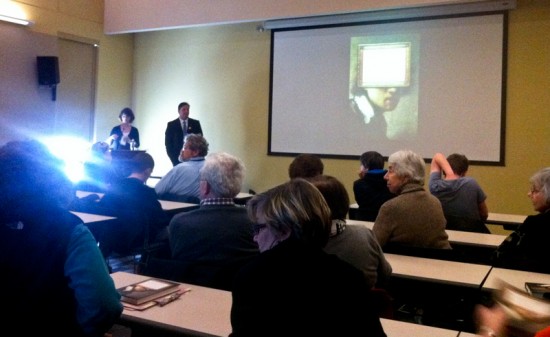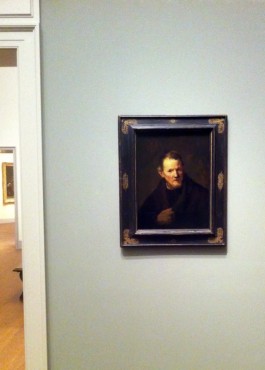
Enjoying the warmer weather we turn to a summer series visiting museums to partake in a summer journey of art and food, after all, #FoodIsArt. (Eat at the Museum of Fine Arts, Boston; Peabody Essex Museum; Worcester Art Museum; Norman Rockwell Museum, Isabella Stewart Gardner Museum… and more).
The deep roots of the Worcester Art Museum’s ties to the livelihood of artistic expression are undeniable. From its first purchases of Claude Monet and Paul Gauguin’s works, the Worcester Art Museum established itself as the forerunner of America’s art obsession. With an eye for talent and at the epicenter of rare masterpieces, it is a mystery why the WAM is one of the most underrated art institutions in mainstream America. While many hear the stories of the museum’s infamous robbery – works like The Brooding Woman and Head of a Woman by Paul Gauguin, Mother and Child by Pablo Picasso and St. Bartholomew by Rembrandt stolen by two masked men in 1972 – their experience within the museum walls will tell a story of enriching history, classical art and the profound connection WAM maintains to the ever-changing art culture. A connection, so profound, that it inspires the phrase: food is art.

Before standing in awe in front of Monet’s Waterlilies and Gauguin’s The Brooding Woman, a visit to the naturally serene outdoor dining space is necessary to fully understand how the WAM doesn’t just embrace art but embeds it in every crevice of its establishment. From the carefully plotted trees and plants to the Community Mosaic wall display by artist Kim Emerson, the courtyard is the embodiment of living art. The menu at the Museum Café speaks to the WAM’s appreciation of nature with dishes like the Strawberry and Baby Spinach salad – a salad with goat cheese, toasted almonds, red onion and honey lemon dressing.
Inevitably, dishes named after Monet – an ever-changing palette of ingredients to complement the freshly prepared chicken salad or grilled chicken breast, served on a bed of seasonal greens – and Warhol – a crisp apple-smoked BLT – adorn the menu with permanency. Their names roll off the tongue when ordering, as their works bring about a certain admiration. Elevating the WAM’s collection of 35,000 art pieces to include the first works of Monet and the incredibly famous Campbell’s Soup Can by Andy Warhol, the Museum Café is a tribute to the greats.

In continuous fashion, the WAM also pays respect to the diverse community of Worcester with dishes like the Asian Sweet Shrimp Saute – sweet shrimp in a baked wonton cup with rice noodles and vegetables, served alongside a cabbage slaw – and the Sarto Two, (a dedication to Andrea Del Sarto, painter of the Saint John the Baptist) – a roasted eggplant with grilled peppers, basil, pesto, and a blend of Italian cheeses.
Speaking to all walks of life, from children to adults, and from novice art seekers to art enthusiasts, the Museum Café caters to the creation of expression. All meals are plated carefully to bring about the innate aesthetics of food. With art infused in its flavors, culinary cuisines, and menu names, the Worcester Art Museum holds true to its passion for art preservation.



